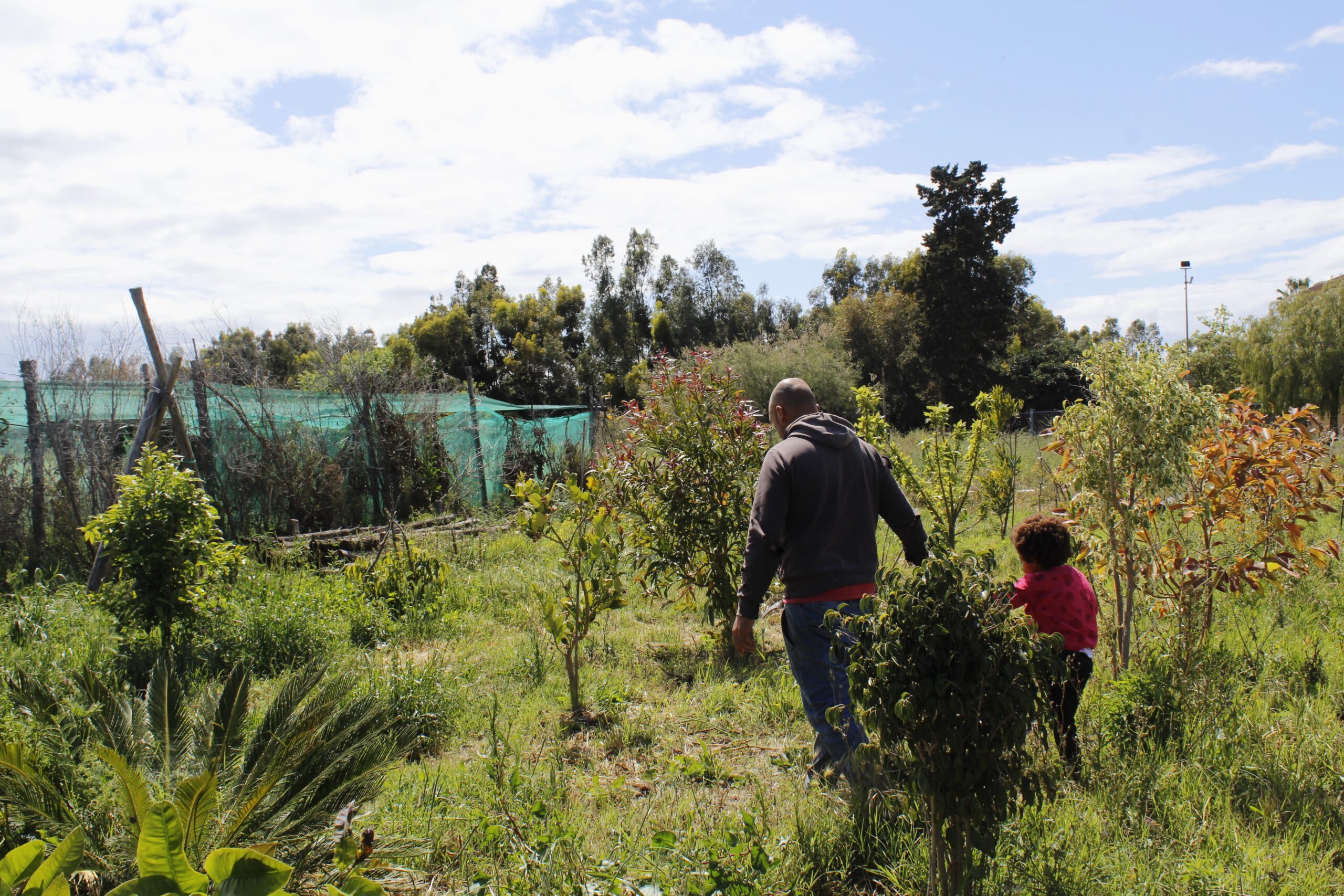
I recently spent nine months traveling up mountains and along coasts to investigate why and how young people are choosing to farm for a living in Calabria, a southern region of Italy known for having lots of land but increasingly less people and even fewer jobs. I met Calabrians in their home villages to observe what they produce and how they live, soon finding that ‘farmer’ was much too narrow a word to describe this new generation of rural inhabitants. For the people I visited, farming seemed to be part of a larger commitment to seek freedom from modern working life, creating their livelihoods from the land instead. While they often sell some of what they grow, much or all of their production goes to the household itself. These so-called peasantries, a movement seen in Calabria and worldwide, present a tangible alternative to the resource-intensive consumption habits of today. As I explored various forms of agrarian living, I contemplated how each of our lifestyles would have to change to achieve the sustainable future we need.
My first stop was a week-long stay at a farm and glamping site in northeastern Calabria. As the owner told me in our interview, the project aimed towards self-sufficiency—they hoped to eventually produce all the food and energy they required—but it was not quite off the grid. I stayed in a yurt, complete with a wood-fired stove and a cozy full-sized bed, and could walk to the owners’ home to take showers or grab a snack as needed. I was quickly welcomed into the group of friends who lived there full-time, most of whom were born in central or northern Italy but had settled in the south to help the project grow. One woman had resided in several other ecovillages prior to joining the farm; another man had not lived in a house for over three years before arriving. We worked together on the tasks of the week, from constructing a greenhouse to planting tree seedlings. Because they were trying to farm without relying on external inputs, our work inevitably required more labor. For instance, we broke ground to prepare vegetable beds with only hand tools, a method much different from the small electric cultivator used to create smooth mounds at the Pennsylvania farm I worked at the summer beforehand. With lots of hands on deck, we finished the beds in decent time, but I could not help thinking that investing in more efficient tools would not be such a bad thing.
I encountered a similar struggle with the shared eating culture. We mostly ate vegan meals, which often tasted great, but I always felt somewhat unsatiated due to either the smaller portions or sparing ingredients. I understood that part of more self-sufficient living, especially during the winter season, inevitably entails more frugal meals. Still, it made me consider the very real sacrifices that often have to be made when your lifestyle depends more on what you can grow than what you are in the mood for—and how likely it would be to convince the average consumer to leave behind the immediate gratification of stocked supermarket shelves in favor of ultra-seasonal eating.
Then, I had an idea. One morning, we picked the last of the almonds off a grove of trees. After a lunch of rice and wild greens, I decided to give in to my craving for something sweet. Drawing from the peasant mentality, I attempted to use what I already had to work with, starting with putting two oranges from the small orchard out back in a pot of boiling water. I cracked away at the almonds with a brick, then smashed them into meal with a mortar and pestle. I next pureed the boiled oranges, combining them with my hand-ground almond meal and store-bought eggs, sugar, and baking powder. After a bit of time in the oven, I had made quite the homemade almond-orange cake. It was a simple recipe that could be replicated with even more local ingredients, such as eggs from home-raised chickens or honey from backyard beekeeping. As I presented the cake to my new friends, I thought it symbolized compromise: a bridge between the labor-intensive production of our human ancestors and the conveniences of modern living. Living sustainably can include buying a bag of organic sugar from the grocery store, not strictly sourcing sugar from the cane yourself.
Following my introduction to peasant livelihoods, I concluded that tapping into our agrarian ancestry is critical to restoring our relationships with the planet and humanity—it is just not the only option. We need to foster rural communities, but considering the size of the human population, a mass exodus out of cities and back to the land would probably strain earthly resources almost as much as we already do. I propose that the path to a sustainable future is somewhere in the middle. Inclusive and therefore lasting change must include managing the need for certain sacrifices and our willingness or ability to surrender modern comforts. The Italians I met probably would not advocate that we must all forgo store-bought sugar or agricultural machinery; they are just personally fine without them. Likewise, plenty of suburbanites and city-dwellers would prefer not to let go of many of the conveniences to which we have become accustomed in the post-industrial age. And that is okay. There are countless roles invaluable to our lives unrelated to agriculture and rural life, and millions with different levels of health and ability who depend on them to receive essential care. Used well, industrial and technological developments could help us return to our humanness, wherever we are. After all, the peasant way is about using what we got.
